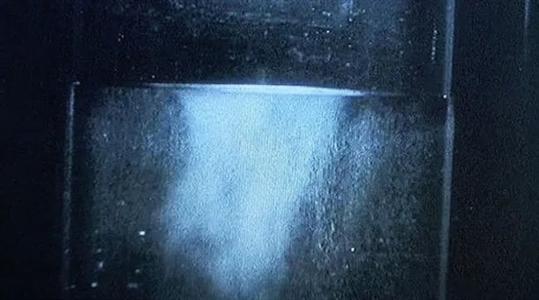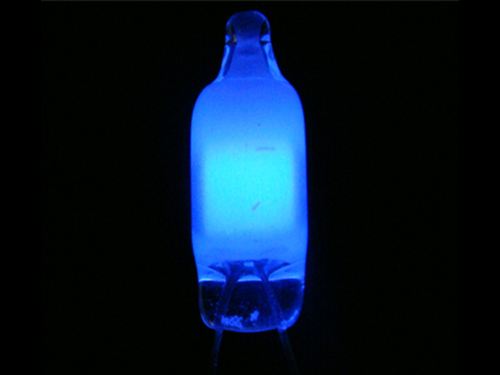The application of rare gases (2)
Make artificial air
Helium gas is mixed with oxygen to make artificial air that divers can breathe. Because in the deep ocean, where the pressure is higher, there's more nitrogen dissolved in the blood when you breathe with ordinary air. When the diver rises from the deep sea and the body gradually returns to normal pressure, the nitrogen dissolved in the blood will be released to form bubbles, which will cause the blocking effect on the microvessels, causing "gas congestion". Helium, on the other hand, is much less soluble in the blood than nitrogen, so replacing regular air with a mixture of helium and oxygen (artificial air) would prevent the Chief from occurring.
Liquid helium
Inflatable
Helium is the lightest gas except hydrogen, and does not burn or support combustion. Hydrogen is flammable and explosive, and helium has been used instead of hydrogen to fill balloons and airships.
Low temperature
Liquid helium is the most difficult of all gases to liquefy, with a boiling temperature of -269℃. Using liquid nitrogen, an ultra-low temperature close to absolute zero (-273.15℃) can be obtained. Liquid helium at a temperature above 2.2K is a normal liquid and has the general properties of a liquid. Liquid nitrogen at temperatures below 2.2K is superfluid and has many anomalous properties. For example, it has superconductivity and low viscosity. Its viscosity is about one hundredth that of hydrogen, and the liquid helium can flow up the inside of the container and down the outside. This phenomenon is of great significance for the study and verification of quantum theory.
The application of rare gases (1)






 Facebook
Facebook YouTube
YouTube LinkedIn
LinkedIn Twitter
Twitter